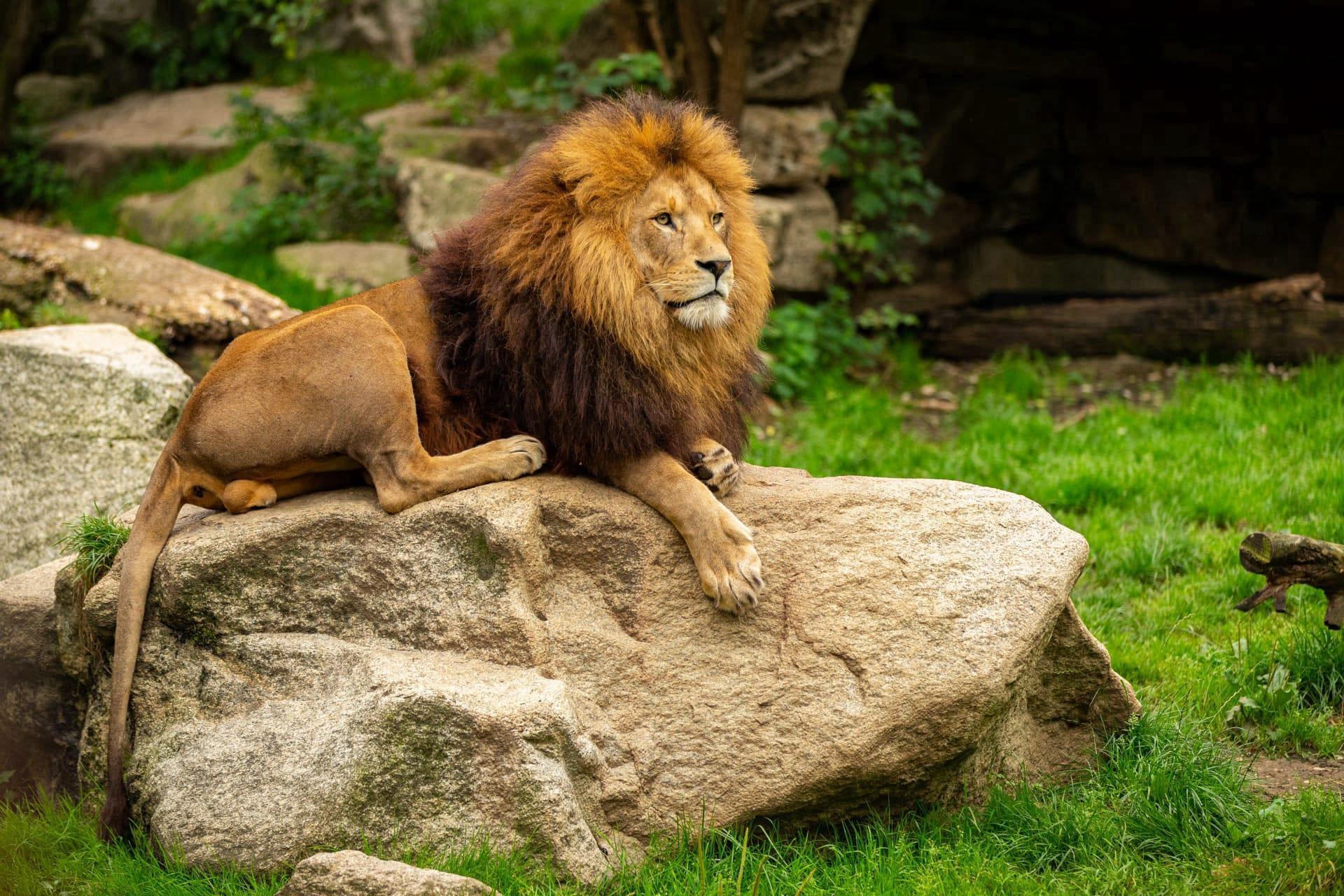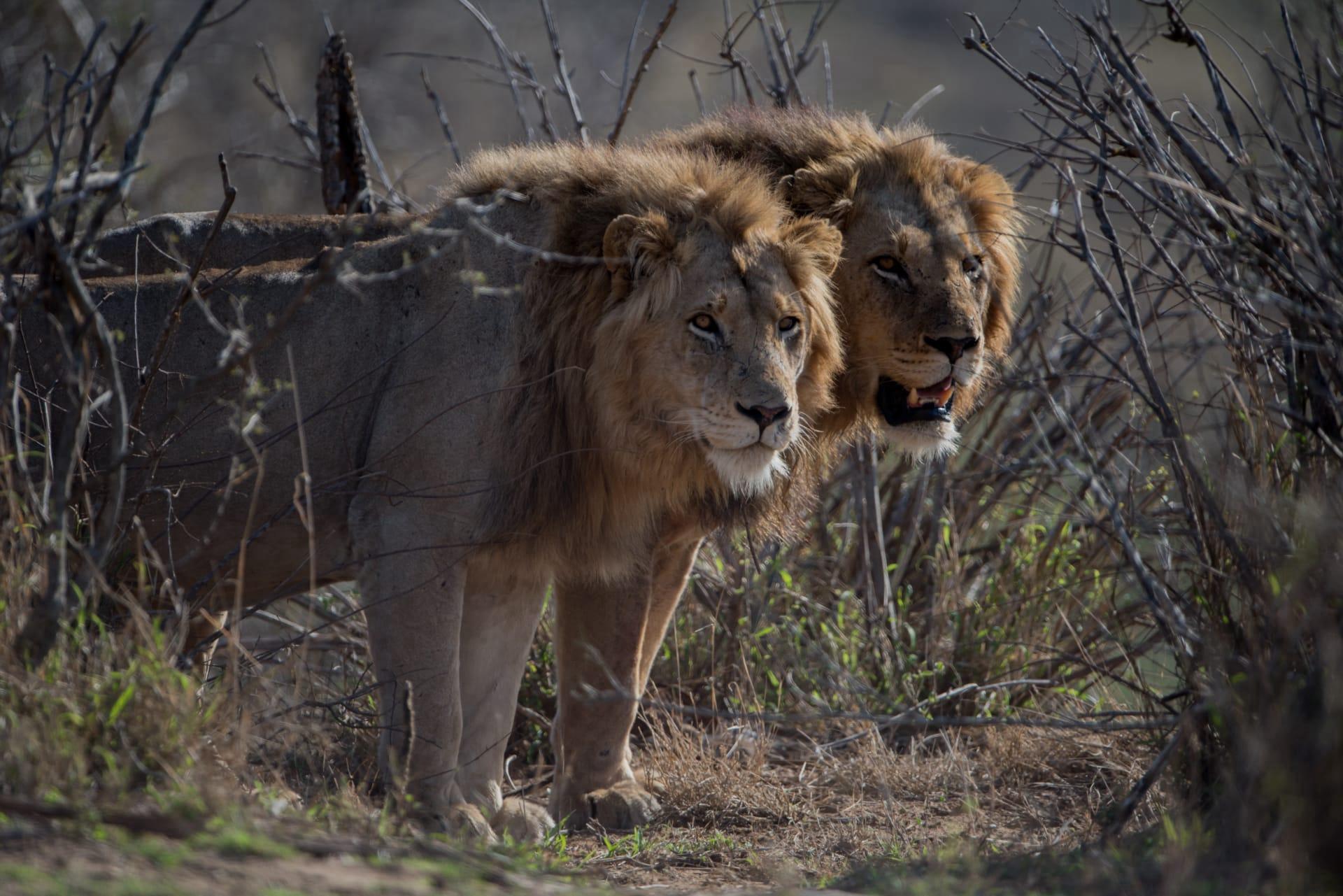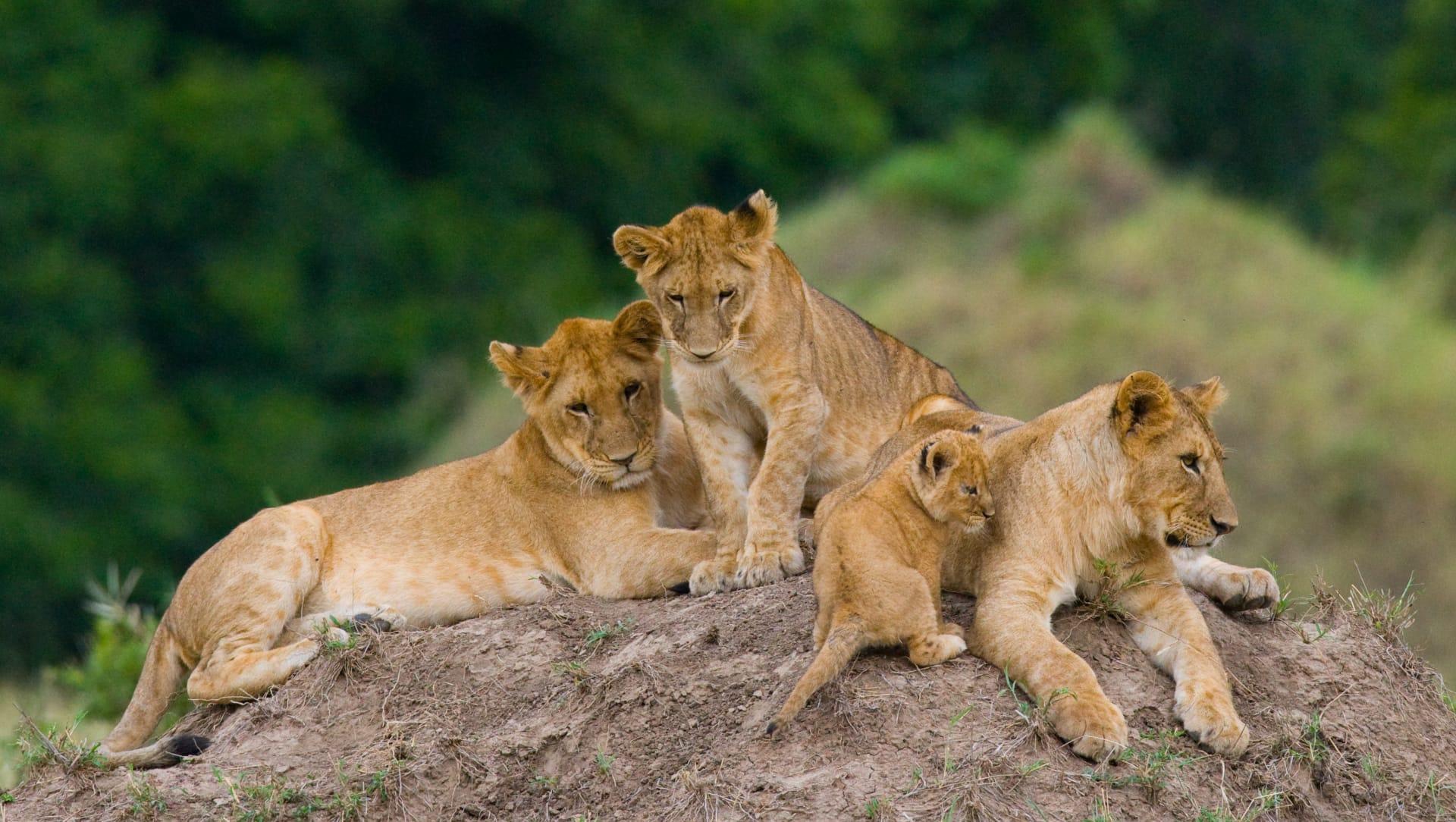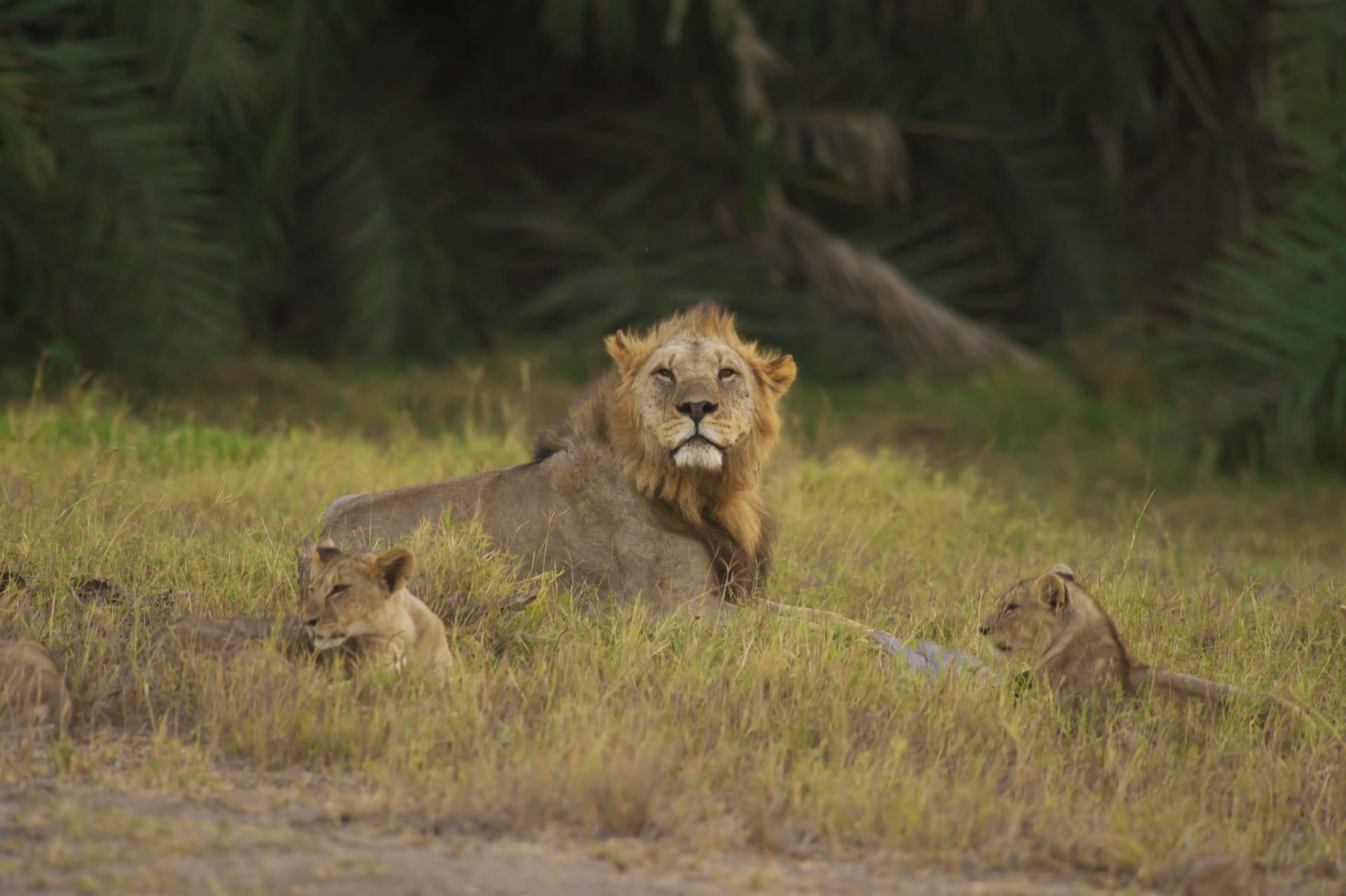Lion
- Home /
- Mini Encyclopedia /
- Animal /
- Lion
1
Lions, scientifically known as Panthera leo, belong to the family Felidae. They are part of the genus Panthera, which also includes other big cats like tigers, leopards, and jaguars. This classification underscores their role as one of the apex predators in the animal kingdom. Their physical features, such as a muscular build, strong jaws, and sharp teeth, are adaptations that have evolved over millennia for hunting and survival.
The distribution of lions is predominantly in Africa, with a small population in India. In Africa, they are mostly found in sub-Saharan regions, avoiding the Sahara Desert and rainforest areas. Their habitats range from the savannas, grasslands, and semi-arid plains to scrub land. The Asiatic lion, a subspecies, is confined to the Gir Forest National Park in India. This geographical distribution reflects their adaptability to different environments but also highlights the impact of human activities on their habitats.

2
Question: Are lions the only social cats, and do they live in large groups?
Answer: Lions are indeed unique among big cats for their social structure. They live in groups called prides, which typically consist of about 15 individuals, but this number can vary from as few as three to as many as 30 members. A pride usually includes several related females, their cubs of both sexes, and a few males. This social system is thought to be an evolutionary adaptation that helps in hunting and protecting their young from other predators and rival lion groups. The cohesion within a pride is a key aspect of their survival, contrasting the solitary nature of most other big cats.

3
Lions have developed specific survival strategies that set them apart in the wild. One of their key strategies is cooperative hunting. Lions work together to stalk and bring down prey, often targeting large herbivores like wildebeests, zebras, and buffaloes. This teamwork increases their hunting success rate. Females, or lionesses, are primarily responsible for hunting, while males typically guard the territory and protect the pride.
Lion cubs learn survival skills through play and imitation. Young lions practice stalking and pouncing with their siblings, which hones their hunting skills. These skills are crucial for their survival once they leave the pride to establish their own territories. Additionally, lions mark their territory with scent markings, vocalization, and visual cues, which helps in warding off potential intruders and maintaining the pride's dominance over a certain area.

4
In the ecosystem, lions play a pivotal role as apex predators. They help maintain the balance of populations among large herbivores, preventing overgrazing and ensuring a healthy turnover in these species. By controlling the population of herbivores, lions indirectly contribute to the maintenance of the savanna and grassland ecosystems, which are dependent on a delicate balance of plant and animal interactions.
The presence of lions also impacts the behavior of their prey. Herbivores in areas with lions are more vigilant and tend to graze in safer, less exposed areas. This behavior can influence the growth patterns of vegetation in these ecosystems. Additionally, as scavengers, lions help in the decomposition process by consuming carrion, thus playing a vital role in the nutrient cycle. Their role as both predators and scavengers highlights their importance in maintaining ecological equilibrium.

5
Film: "The Last Lions" is a captivating documentary released in 2011 by National Geographic. This film, set in Botswana, Africa, narrates the struggle and resilience of a lioness named Ma di Tau ("Mother of Lions") as she protects her cubs against a backdrop of rivalry, habitat loss, and human encroachment. It's a poignant tale that brings to light the challenges lions face in the wild.
Book: "The Serengeti Lion: A Study of Predator-Prey Relations" by George B. Schaller, published in 1972, is a groundbreaking work. Conducted in Tanzania, this study provides an in-depth look at lion behavior, ecology, and the dynamics within prides. Schaller's work has been instrumental in understanding lion social structures and their role in the ecosystem.
Book: "Lions: Portraits of the Animal World" by Paul D. Frost, published in 2008, is an illustrative exploration of lions in their natural habitat. This book, through stunning photography and detailed narratives, delves into various aspects of lion life, including their social structure, hunting patterns, and the challenges they face due to human activities. It's a visual feast that offers a comprehensive overview of these majestic creatures.